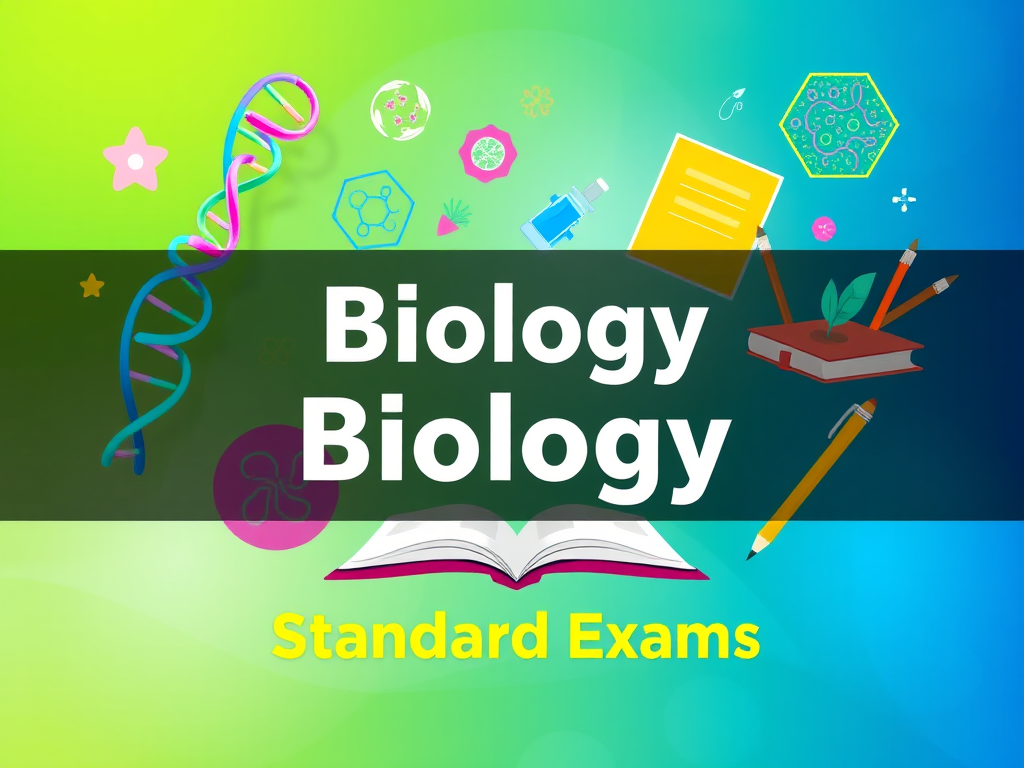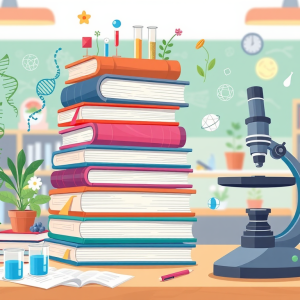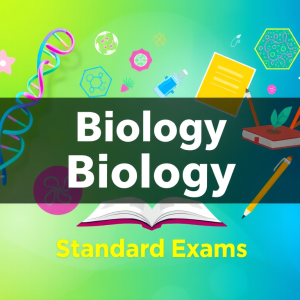Description
The Ultimate Study Guide for Biology Paper 3 Practical is designed specifically for Form 4 students aiming to excel in their biology practical examinations.
This guide features:
- Detailed Experiment Instructions: Step-by-step procedures for conducting essential experiments using plant specimens, skull analysis, and juice testing.
- Observation Records: Spaces for recording findings, encouraging students to engage actively with the material.
- Expert Analysis: In-depth explanations of observations to reinforce understanding of biological concepts.
- Illustrative Diagrams: Visual aids that enhance comprehension of complex structures and processes.
You will learn:
- How to conduct practical experiments with various biological materials.
- The principles of osmosis and its impact on plant cells.
- The nutritional adaptations of different skull types and their implications for diet.
Benefits:
- Improved practical skills and confidence in conducting experiments.
- Enhanced ability to analyze and interpret biological data.
- Preparedness for exam scenarios, boosting overall academic performance.
Ideal for: Form 4 students and educators seeking a reliable resource for practical biology examinations.




Reviews
There are no reviews yet.